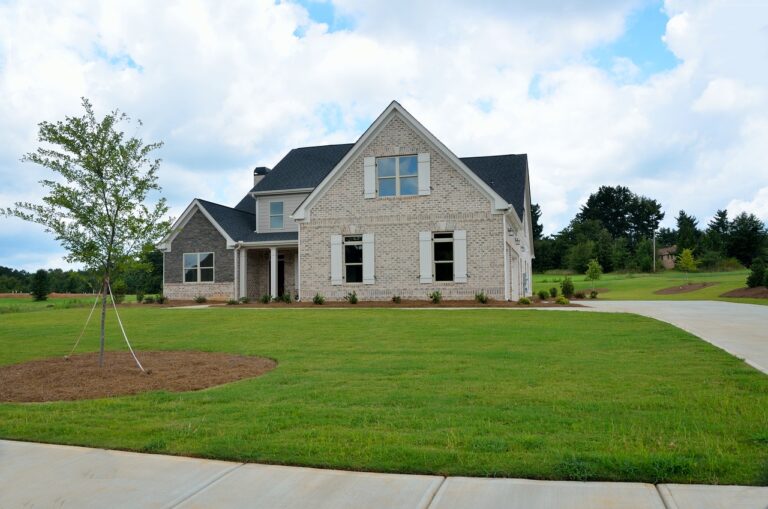Innovative Aging-in-Place Trends in Home Improvement
Creating an age-friendly home design involves implementing features that enhance safety and accessibility for older adults. One key component is the removal of physical barriers, such as steps or narrow doorways, to facilitate ease of movement throughout the home. Additionally, incorporating non-slip flooring surfaces and well-lit areas can help prevent accidents and promote independence.
Another important aspect of age-friendly home design is the inclusion of grab bars and handrails in critical areas like bathrooms and staircases. These features provide essential support for seniors and can reduce the risk of falls. Furthermore, adjustable countertops and cabinet heights allow for customization according to the user’s needs, ensuring comfort and convenience in daily activities.
Adaptable Living Spaces for Aging in Place
Creating adaptable living spaces is essential for seniors who wish to age comfortably in their own homes. One key component is ensuring that doorways are wide enough to accommodate mobility aids such as wheelchairs or walkers. Installing lever-style door handles can also make it easier for individuals with limited hand strength to open doors effortlessly.
In addition to doorways, it is important to consider the layout of the living space. Open floor plans can provide better accessibility for seniors with mobility issues, allowing for easier navigation throughout the home. Removing tripping hazards such as rugs and ensuring that flooring is non-slip can help prevent falls and injuries, promoting a safer living environment for aging individuals.
Smart Home Technology for Seniors
Smart home technology offers immense benefits for seniors looking to age in place independently. With the use of smart devices like voice-activated assistants, security cameras, and automated lighting systems, older adults can easily control their home environment with simple voice commands or a tap on their smartphone. These devices not only provide convenience but also enhance safety and security by providing real-time monitoring and alerts for any unusual activities.
Moreover, the integration of smart thermostats and sensors in a senior’s home can help them stay comfortable and ensure energy efficiency. These devices allow for remote monitoring and adjustment of temperature settings, ensuring a cozy living environment without the need for constant manual adjustments. Additionally, smart technology can provide valuable health monitoring capabilities, such as medication reminders and activity tracking, promoting overall wellness and independence for aging individuals.
What are the key components of age-friendly home design?
Some key components of age-friendly home design include grab bars in the bathroom, non-slip flooring, easy-to-reach storage, and good lighting throughout the home.
How can adaptable living spaces help seniors age in place?
Adaptable living spaces can help seniors age in place by allowing for easy modifications to accommodate changing needs, such as installing stairlifts, widening doorways for wheelchair access, and adding adjustable countertops in the kitchen.
What are some examples of smart home technology for seniors?
Smart home technology for seniors includes voice-activated assistants like Amazon Alexa or Google Home, smart thermostats for easy temperature control, smart locks for added security, and motion-sensor lights for safety at night.







